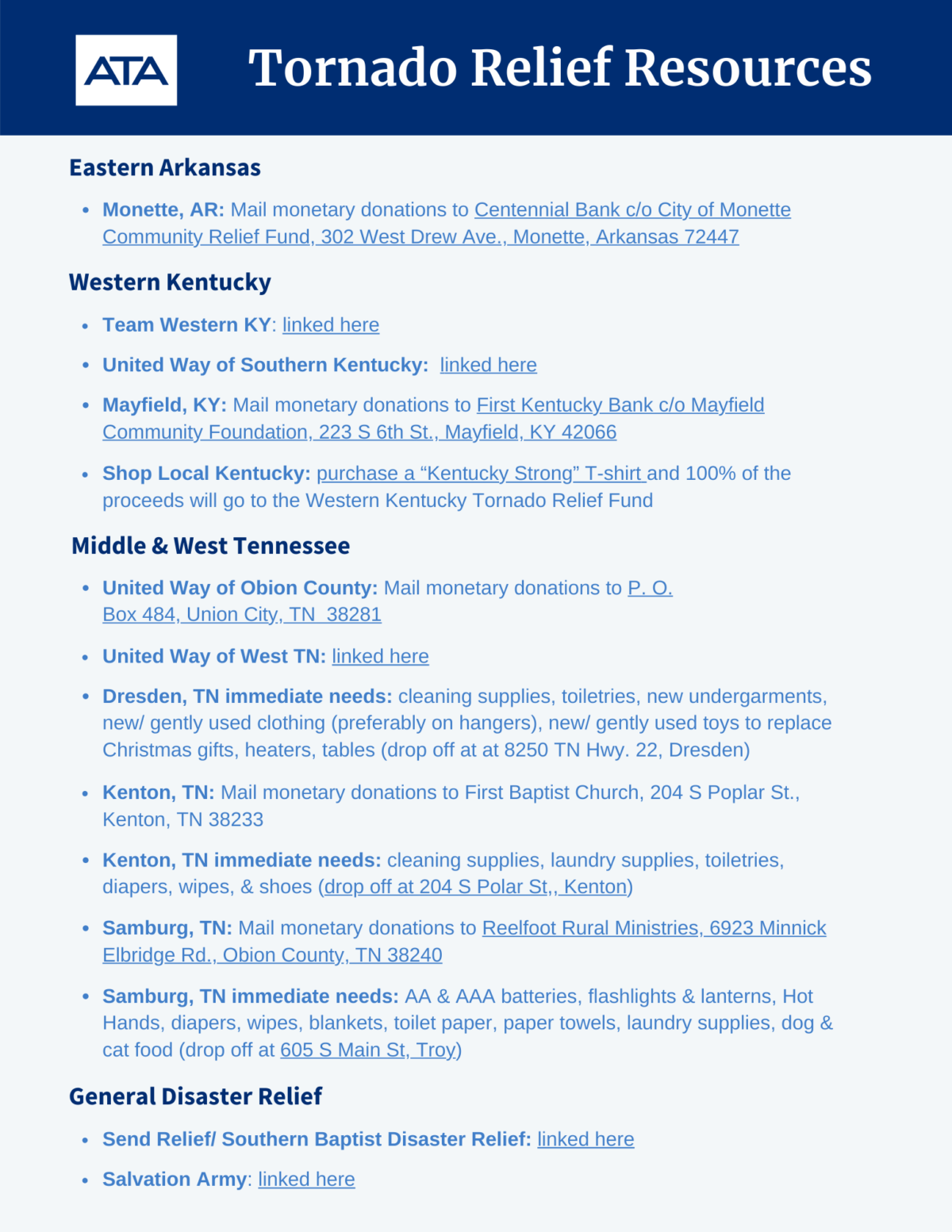Over the past few years, community banking has withstood rapid technological changes, unprecedented economic challenges during a pandemic and new demands from its customer base. To maintain profitability amidst all this turmoil, you need to ensure that your bank retains its existing customers. After all, studies show that attracting a new customer typically costs five times more than retaining an existing one.
Here are three fundamental questions to help improve customer satisfaction and, ultimately, retention.
- What’s your core deposit base?
A good first step is to identify your core deposits and develop an understanding of customer behaviors. Differentiate loyal, long-term customers from those motivated primarily by interest rates. A core deposit study can help you distinguish between the two types of depositors and predict the impact of fluctuating interest rates on customer retention. Banking regulators strongly encourage banks to conduct these studies as part of their overall asset-liability management efforts.
Core deposit studies assess how much of your bank’s deposit base is interest-rate-sensitive by examining past depositor behavior. They also look at factors that tend to predict depositor longevity. For example, customers may be less likely to switch banks if they have higher average deposit balances and use multiple banking products (such as checking and savings accounts, mortgages and auto loans).
- How can you get to know your customers better?
To build customer loyalty, it’s critical to ensure that customers are engaged. According to research by Gallup, engaged customers are more loyal, and they’re more likely to recommend the bank to family and friends. They also represent a bigger “share of wallet” (that is, the percentage of a customer’s banking business captured by the bank).
Recent retail banking studies show that fewer than half of customers at community banks and small regional banks (less than $40 billion in deposits) are actively engaged. The percentages are even smaller at large regional banks (over $90 billion in deposits) and nationwide banks (over $500 billion in deposits). That’s the good news. The bad news is that 50% of customers at online-only banks are fully engaged.
So, how can community banks do a better job of engaging their customers to compete with online banks? The answer lies in leveraging their “local touch” by knowing their customers, delivering superior service, and providing customized solutions and advice. To do that, banks must ensure that their front-line employees — tellers, loan officers, branch managers and call center representatives — are fully engaged in their jobs.
Encouraging employees to engage with customers has little to do with competitive salaries and benefits. Rather, it means providing employees with opportunities for challenging work, responsibility, recognition and personal growth.
- How can you develop your online presence?
An increasing number of customers — younger people in particular — use multiple channels and devices to interact with their banks. These include online banking, mobile banking applications and two-way texting.
To build loyalty, banks should enable customers to use their preferred channels and ensure that their experiences across channels are seamless. And don’t overlook the importance of social media platforms. Younger customers are more likely to use these platforms to recommend your bank to their friends and families.
Ask the right questions
Your customer retention strategies shouldn’t be based on guesswork. Consider periodically engaging with customers concerning their level of satisfaction with your current systems and processes. Ask what they’d like to see improved. A brief survey, or even a short conversation, can provide valuable input on ways to keep your customers satisfied with your bank’s services over the long term.
©2021


